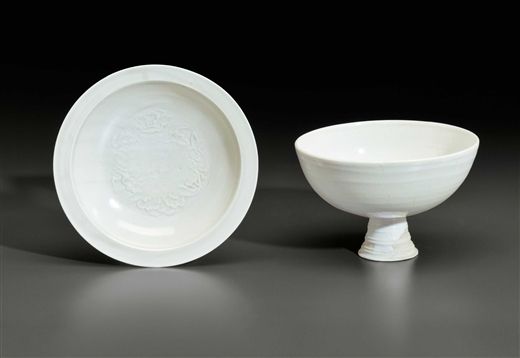Group members: Andrew, Fern, Chen Yue, Ziyu
During the discussion on Thursday, we agreed to focus on Chinese ceramics. Which Chinese ceramic we wanted to focus on, well, we will need to do further research. We might focus on the white wares.
However what we agreed on is to focus on functionality of Chinese ceramics and the modern interpretation of such items.
For example, Chinese ceramics were used by royalty or the commoners, depending on the clay used and the final product. White wares were more commonly purchased by the rich while the more common wares were used by commoners.
Several functions of current plates include
- decorative or aesthetic purpose
- usage during consumption of food
- as symbols of status
The implementation of final prototype:
– We intend to create a ceramic plate or to find a model of it in different materials to explain its current modern usage.
-Paint it in resemblance of a Chinese ceramic.


